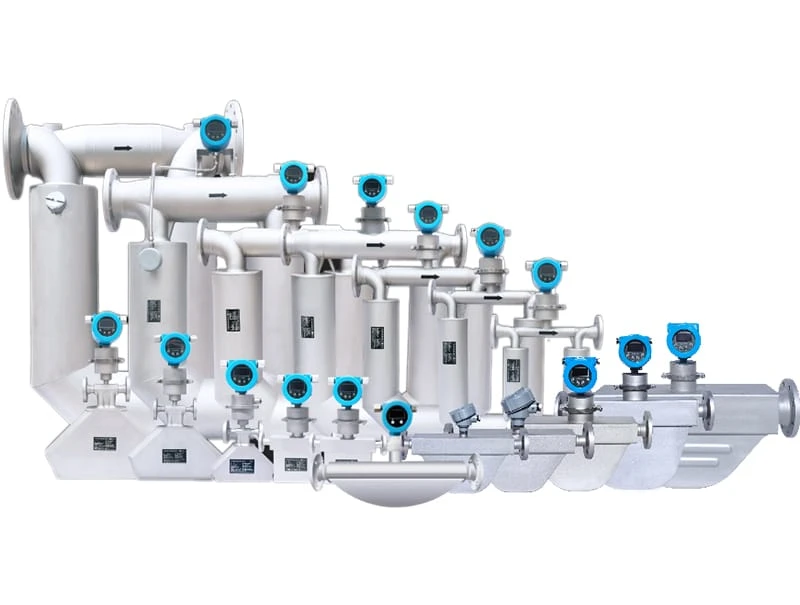
Selecting the right flow meter for your process involves understanding more than just flow rate—it’s about fluid properties, accuracy requirements, installation constraints, and total lifecycle costs. Here's how Coriolis mass flow meters compare with vortex and electromagnetic (mag) flow meters, the two most common alternatives.
Feature | Coriolis | Vortex | Electromagnetic |
Measured Medium | Almost all liquids & some gases (non-Newtonian ok) | Clean liquids & gases | Conductive liquids only |
Accuracy | High (±0.1% typical) | Moderate (±0.75–1%) | Moderate (±0.3–0.5%) |
Output Parameters | Mass flow + density + temperature | Volumetric flow only | Volumetric flow only |
Sensitivity | Unaffected by viscosity, temperature, or phase | Sensitive to flow profile & bubbles | Cannot measure non-conductive fluids |
Installation | No straight pipe needed; compact installation | Requires long upstream/downstream runs | Needs grounding, space, and clean signal path |
Maintenance | No moving parts, low maintenance | May suffer vibration issues | Electrodes may require cleaning |
When to choose Coriolis:
· You need true mass flow for custody transfer, blending, or dosage
· Your process fluid is viscous, slurrified, non-conductive, or contains gas
· You require high reliability and multi-variable outputs
Though the initial cost of a Coriolis meter is higher, the total cost of ownership is often lower due to reduced maintenance, calibration, and instrumentation needs. It’s an investment in measurement confidence.


